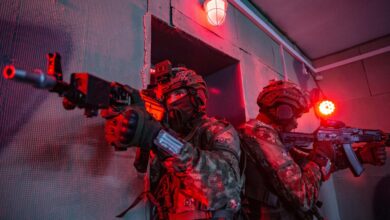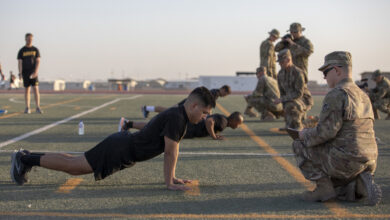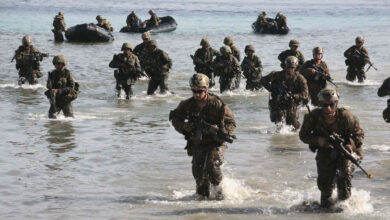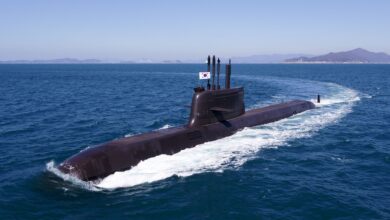A high-ranking US Army official claimed that the service’s towed artillery systems have reached the end of their effectiveness, suggesting a move to prioritize more mobile options.
Speaking at an Association of the US Army symposium, Army Futures Command head Gen. James Rainey said the service needs more cannons with “no displacement time,” the time it takes for a crew to relocate the weapon after firing.
He also hinted at the supposed unreliability of towed artillery for large-scale operations, including a potential armed conflict with China.
“I personally believe that we have witnessed the end of the effectiveness of towed artillery,” the four-star general stated. “The future is not bright for towed artillery.”
The US Army operates several types of artillery, including towed artillery carted by military vehicles toward a firing position and self-propelled artillery maneuvered on its own.
Prioritizing Autonomous Capabilities
Rainey’s statement came days after the US Army canceled its Extended Range Cannon Artillery program following a failed prototyping effort last year.
The weapon, which was supposed to feature a 30-foot, 58-caliber gun tube, was projected to have an operational range of 70 kilometers (43 miles), just enough for the army’s extended-range artillery fire needs.
Instead of investing more in towed artillery, Rainey suggested prioritizing the development of autonomous capabilities, such as robotic cannons, to aid joint forcible entry operations on beachheads and runways.
Utilizing autonomous artillery systems reduces the need for manual firing and reloading, keeping soldiers away from danger, he said.
“We are in a resource constrained environment,” Rainey stated. “You can go after an exquisite system or you can take a more holistic approach.”

‘Speed Up Transformation’
Rainey and some other US Army officials have called on the service to speed up its transformation into a more modern and capable force.
He said everything is about speed in the army, as soldiers do not get to choose when they are called to fight.
“The sense of urgency we share is critical,” he explained. “Whether we have enough money or not…we’ve got to be able to move faster.”
“The world’s just changing too fast. We’re being as agile as we can.”












